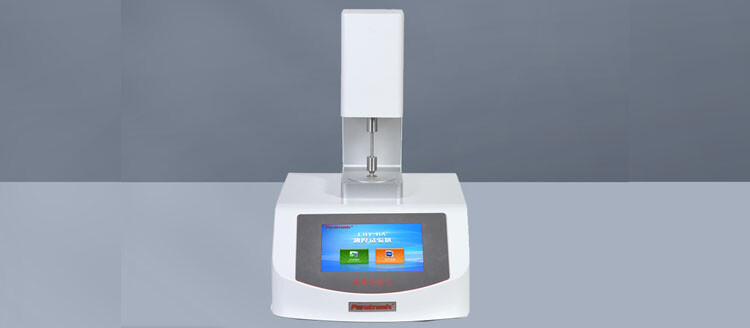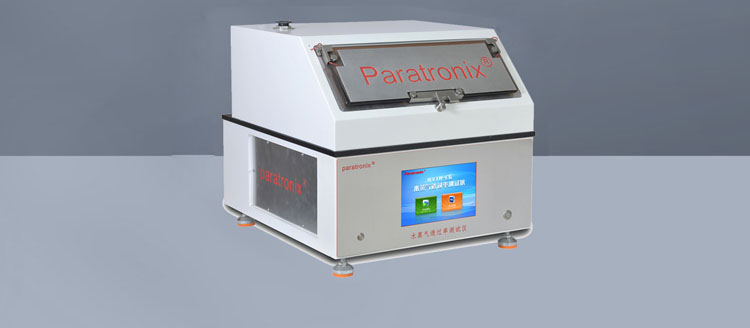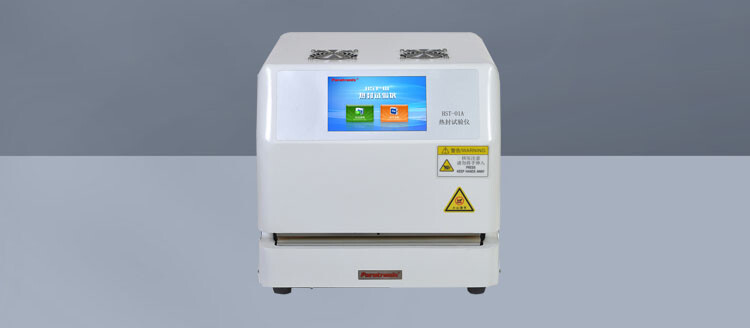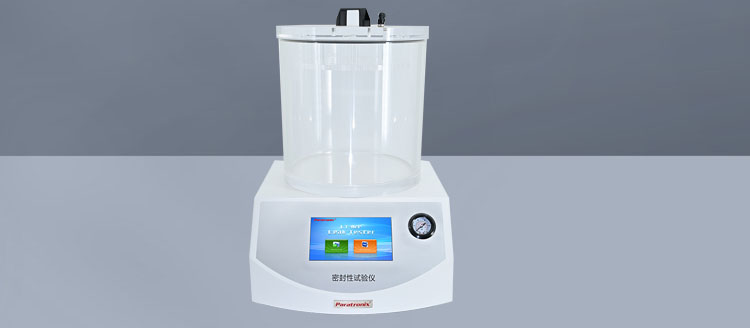Recent Posts
 Maintenance methods for thin film thickness detection instruments2025-12-15
Maintenance methods for thin film thickness detection instruments2025-12-15 Method for detecting the opening tension of food chain self sealing bags2025-12-03
Method for detecting the opening tension of food chain self sealing bags2025-12-03 Packaging industry testing instrument - moisture permeability tester2025-11-26
Packaging industry testing instrument - moisture permeability tester2025-11-26 What testing instruments are used for testing the heat sealing performance of thin films?2025-11-20
What testing instruments are used for testing the heat sealing performance of thin films?2025-11-20 Precautions for using negative pressure seal detector2025-11-10
Precautions for using negative pressure seal detector2025-11-10
Introduction
ASTM F2095 is a widely recognized standard test method developed by ASTM International for detecting leaks in nonporous
flexible packaging systems using pressure decay principles. This non-destructive test method plays a critical role in quality
assurance across multiple industries, particularly in medical device packaging where maintaining sterility is paramount.
Testing instruments::LT-03A Leak and seal strength tester
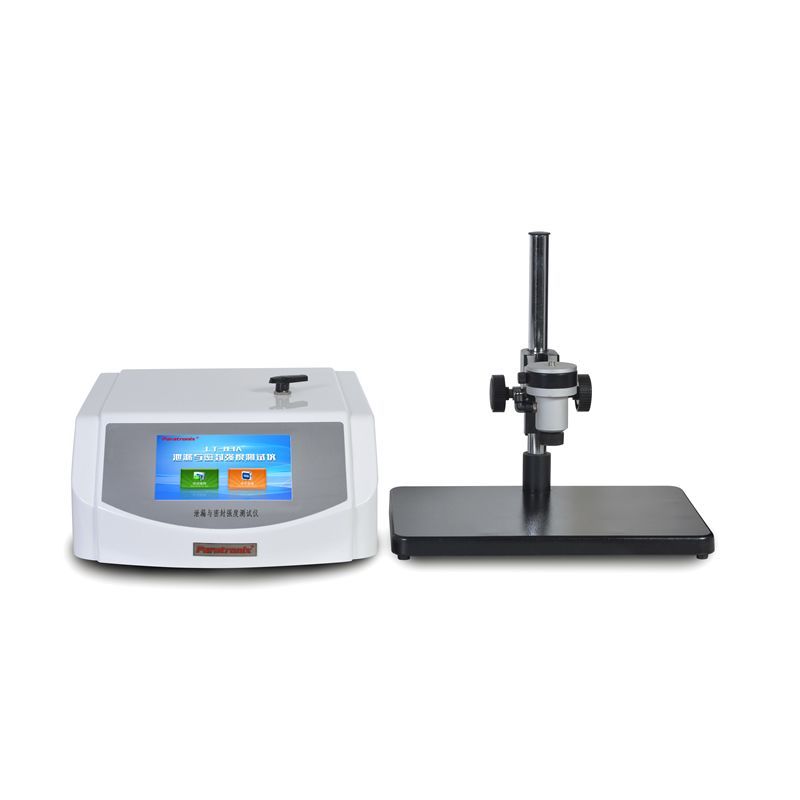
Scope and Application
The standard applies to nonporous flexible packaging such as:
Medical device pouches
Pharmaceutical blister packs
Food packaging
Industrial product packaging
It is especially valuable for sterile barrier systems that must comply with ISO 11607 requirements for medical device
packaging. The method detects both gross leaks and smaller defects that could compromise product sterility or quality.
Test Principle and Methodology
The pressure decay test involves three fundamental steps:
Package Preparation
The test specimen is placed in a sealed test chamber
Proper fixturing ensures complete isolation of the test area
Pressurization Phase
The chamber is pressurized to a specified test pressure (typically 3-10 psi)
Pressure stabilization is allowed before measurement begins
Measurement Phase
The system monitors pressure decay over a set duration
Any pressure drop exceeding predetermined thresholds indicates a leak
Key Test Parameters
Test Pressure: Selected based on package design and material properties
Dwell Time: Typically 5-30 seconds for stabilization
Test Duration: Usually 15-60 seconds for measurement
Acceptance Criteria: Established based on package specifications
Equipment Requirements
Proper implementation requires:
A calibrated pressure decay tester with sensitivity to detect relevant leaks
Appropriate test fixtures matching package dimensions
Environmental controls to minimize temperature fluctuations
Data recording capabilities for documentation
Advantages of Pressure Decay Testing
Compared to alternative methods, ASTM F2095 offers:
Objective Results: Quantitative measurements eliminate subjective interpretation
Non-Destructive Nature: Packages can be returned to production after testing
High Sensitivity: Capable of detecting leaks as small as 5-10 microns
Rapid Testing: Typical test cycles complete in under 2 minutes
Process Compatibility: Easily integrated into production lines
Limitations and Considerations
While highly effective, the method has certain limitations:
Less effective for porous materials or packages with dead-end leaks
Requires proper fixturing to ensure accurate results
Sensitivity affected by package size and material flexibility
Environmental factors like temperature must be controlled
While other leak test methods exist, pressure decay offers unique advantages:
Bubble Testing: Subjective and less sensitive
Dye Penetration: Destructive and time-consuming
Vacuum Decay (ASTM F2228): Better for rigid packages
Helium Mass Spectrometry: More expensive and complex
Implementation Best Practices
For reliable results:
Establish appropriate test parameters through validation
Conduct regular equipment calibration
Train operators on proper technique
Document all test conditions and results
Perform periodic method verification
Conclusion
ASTM F2095 provides an efficient, reliable, and standardized approach to leak detection in flexible packaging. Its
non-destructive nature and quantitative results make it invaluable for quality control in sensitive applications like
medical device packaging. Proper implementation helps manufacturers ensure product integrity while meeting
regulatory requirements.
For organizations implementing this standard, thorough method validation and operator training are essential to
achieve consistent, reliable results. As packaging technologies evolve, ASTM F2095 continues to serve as a foundational
test method for package integrity verification.
Leave A Reply
Search by Keywords

